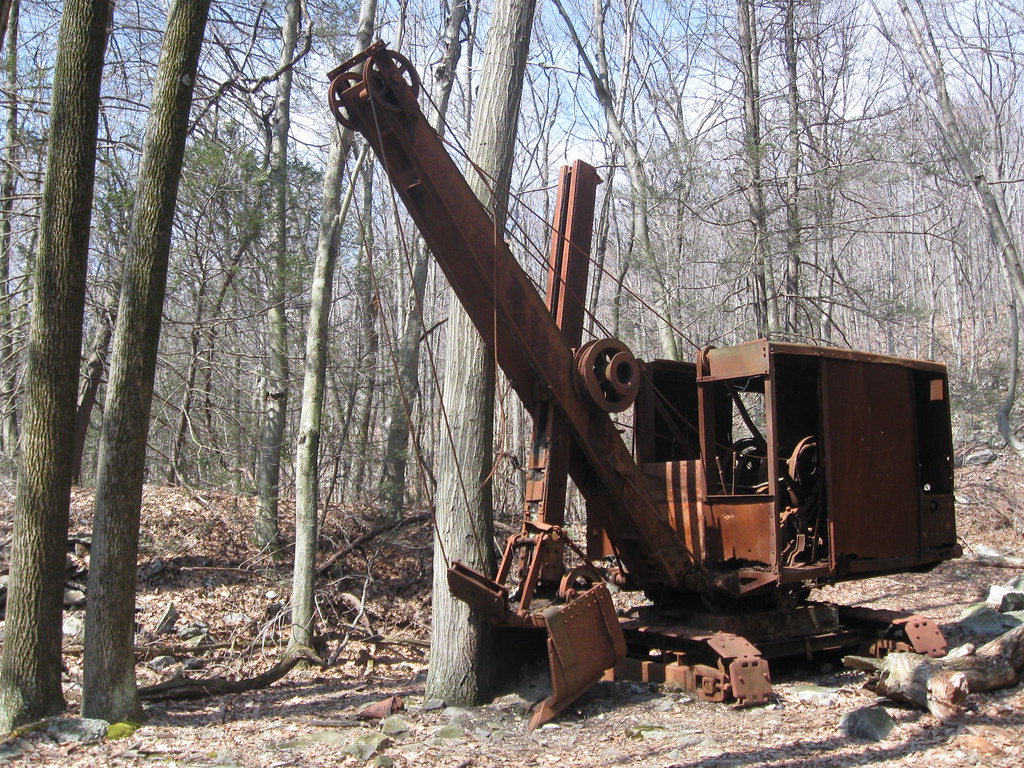Blamed for contributing to global warming, the production of coal and other fossil fuels is a major issue dividing America. But the demand for rare earth elements, essential for clean energy technologies like electric vehicle batteries and wind turbines, may now be creating a unique opportunity to both increase our stock of the precious elements, and clean up residual damage in Appalachia’s abandoned coal mines at the same time. The problem itself may lead to a solution to help the environment.
Researchers have discovered that groundwater from abandoned coal mines in the region contains these valuable elements. By extracting rare earth elements from this water, not only can we support the clean energy industry, but we can also address the environmental damage caused by coal mining. This innovative approach could transform polluted sites into sources of critical materials, benefiting both the environment and the economy.
Rare earth elements (REEs) are essential in many modern technologies. They are used in the production of powerful magnets found in wind turbines, electric vehicles, and computer hard drives. REEs like neodymium and dysprosium are crucial for these applications. Additionally, they are used in the manufacturing of smartphones, LED lights, and flat-screen TVs. In the medical field, gadolinium is used in MRI machines, while other REEs are important in refining oil and generating nuclear power. These elements are vital for both everyday gadgets and advanced technological applications. They are even essential in the technology to make fighter jets smaller, lighter or more powerful.
For now, the pilot project run by West Virginia University is in its initial stages, but it is turning into a global race to develop a secure supply of the valuable metals, and with more federal funding, it could grow to a commercial scale enterprise.
“The ultimate irony is that the stuff that has created climate change is now a solution, if we’re smart about it,” said John Quigley, a senior fellow at the Kleinman Center for Energy Policy at the University of Pennsylvania.
The technology that has been piloted at West Virginia University is more than just an attempt to increase the U.S. supply of rare earth elements, it could also pioneer a way to clean up vast amounts of coal mine drainage that poisons waterways across Appalachia. Coal mine drainage, often referred to as acid mine drainage (AMD), is a significant environmental issue there. This drainage occurs when water flows over or through sulfur-bearing materials, forming sulfuric acid and dissolved iron. This acidic water can leach heavy metals from rocks, contaminating streams and rivers, and turning them red or orange from iron deposits. The pollution from AMD has devastated aquatic ecosystems, killing fish and other wildlife, and making the water unsafe for human use.
The pilot project is one of the leading efforts by the federal government as it injects more money than ever into recovering rare earth elements to expand renewable energies and fight climate change by reducing planet-warming greenhouse gas emissions.
Hundreds of millions of dollars from President Joe Biden’s 2021 infrastructure law is accelerating the effort.
Department officials hope that by the middle of the 2030s this infusion will have spawned full-fledged commercial enterprises.












